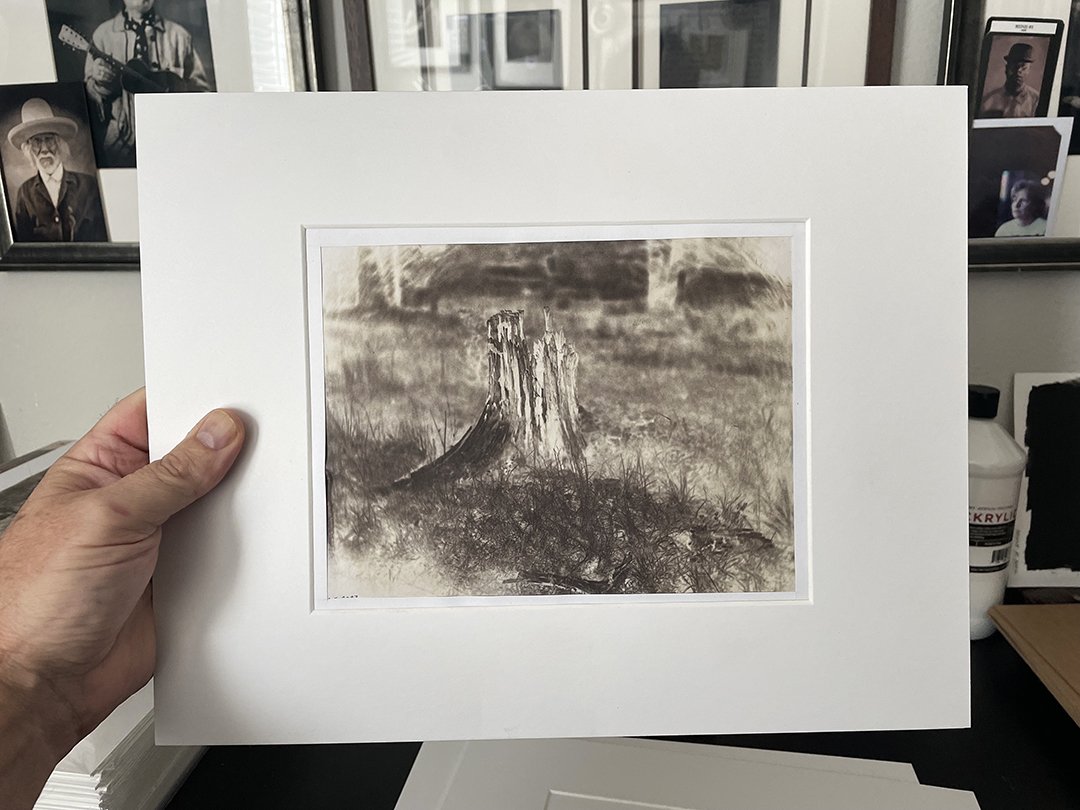"The tragedy of a species becoming unfit for life by over-evolving one ability is not confined to humankind. Thus it is thought, for instance, that certain deer in paleontological times succumbed as they acquired overly-heavy horns. The mutations must be considered blind, they work, are thrown forth, without any contact of interest with their environment. In depressive states, the mind may be seen in the image of such an antler, in all its fantastic splendour pinning its bearer to the ground.”
This is from Peter Zapffe's famous essay, "The Last Messiah." He argues, as do Becker and others, that the evolution of consciousness created a huge psychological problem for human beings: the knowledge that we're going to die.
In his essay, he argues that the Irish elk deer of the Pleistocene era evolved with antlers that were too big. He equates it to the human brain evolving consciousness and becoming aware that we exist and that we're going to die. He makes the point that these were evolutionary mistakes.
Zapffe was a Norwegian philosopher. He was born in 1899 and died in 1990. His doctoral dissertation was never translated into English but is said to be a great piece of writing on pessimistic philosophy.
The species of deer that Zapffe is referring to is the Irish elk (Megaloceros giganteus), which thrived throughout Eurasia during the ecological epoch known as the Pleistocene (2.6 million to 11,700 years ago). The Irish elk had the largest antlers of any known deer, with a maximum span of 3.65 meters (12 feet). Historically, the explanation given for the extinction of the Irish elk was that its antlers grew too large: the animals could no longer hold up their heads or feed properly, and their antlers, according to this explanation, would also get entangled in trees when trying to flee human hunters through forests.
However, according to some researchers, the large antlers of the Irish elk may have had little to do with the extinction of the species. The Irish elk’s antlers did indeed weigh these creatures down, and Zapffe’s analogy is still illuminating in its own right.
A surplus of consciousness and intellect is the default state of affairs for the human species. Unlike the case of the deer that Zapffe alludes to, we have been able to save ourselves from going extinct. Zapffe posits that humans have come to cope and survive by repressing this surplus of consciousness. Without restricting our consciousness, Zapffe believed the human being would fall into "a state of relentless panic" or a ‘feeling of cosmic panic’, as he puts it. This follows a person’s realization that "he is the universe’s helpless captive"; it comes from truly understanding the human predicament. In the 1990 documentary To Be a Human Being, he stated:
"Man is a tragic animal, not because of his smallness, but because he is too well endowed. Man has longings and spiritual demands that reality cannot fulfill. We have expectations of a just and moral world. Man requires meaning in a meaningless world." (Sam Woolfe)
This surplus of consciousness is, in fact, a psychological kick in the groin, no doubt. However, like Becker’s theory shows, and Zapffe alludes to, we repress it; we bury it deep in our subconscious. And we use our illusions (cultural worldviews) to keep it there and make day-to-day life bearable.

























